Green Goddess Ingredients: Spice Up Your Kitchen with Nature’s Flavor Bomb!
Are you tired of the same old flavors in your kitchen? What if I told you that there's a magical trove of green goddess ingredients just waiting to transform your meals into culinary masterpieces? These vibrant, fresh, and aromatic herbs and spices aren’t just for show—they pack a serious punch when it comes to flavor, health benefits, and versatility.
In this article, we’ll dive deep into the world of green goddess ingredients—those leafy, herbal, and sometimes fiery elements that add life to your dishes. Whether you're a seasoned spice pro or a curious home cook, get ready to elevate your spice game with these top picks from nature’s pantry.
Table of Contents
- What Exactly Are Green Goddess Ingredients?
- Top Herbs & Spices That Qualify as Green Goddess Ingredients
- How These Ingredients Boost Flavor AND Health
- Practical Tips for Using Green Goddess Ingredients Like a Pro
- Spice Combos You Need to Try Today
- Storing Your Green Goddess Goods: Do’s and Don’ts
- Summary & Final Thoughts
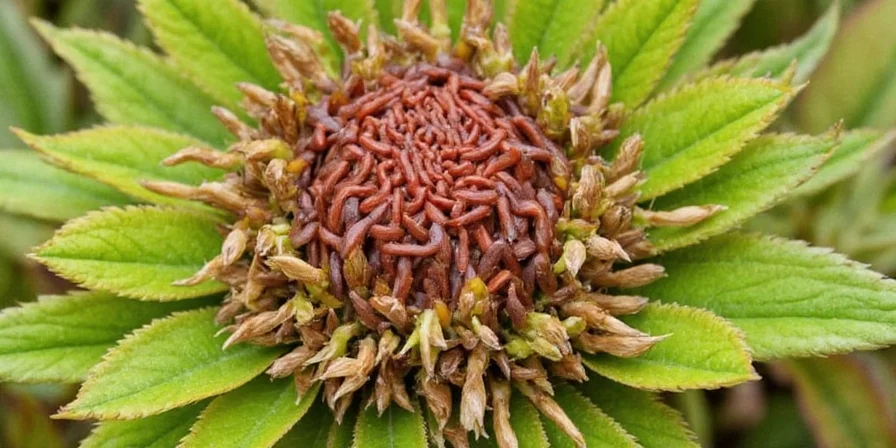
What Exactly Are Green Goddess Ingredients?
The term “green goddess” might sound poetic, but in the spice world, it’s more than just aesthetics. It refers to a group of ingredients that are naturally green, fragrant, flavorful, and often packed with nutrients. These include both common and exotic herbs, spices, and plant-based seasonings used across global cuisines.
From basil to coriander, from lemongrass to shiso, these ingredients bring freshness, brightness, and depth to your dishes. They’re not only essential in Mediterranean, Southeast Asian, Latin American, and Middle Eastern cooking—they also have a history of medicinal use and culinary significance that spans centuries.

Top Herbs & Spices That Qualify as Green Goddess Ingredients
Let’s meet the MVPs of the green goddess crew. Here's a curated list of must-have ingredients that every spice lover should know:
| Ingredient | Flavor Profile | Best Used In | Substitute (If Needed) |
|---|---|---|---|
| Basil | Sweet, peppery, slightly minty | Pesto, pasta sauces, salads | Oregano or parsley (for less intense flavor) |
| Cilantro/Coriander Leaves | Fresh, citrusy, polarizing! | Mexican, Indian, Thai dishes | Parsley or culantro |
| Dill | Grassy, mild anise-like flavor | Fish dishes, pickling, dill potatoes | Fennel fronds or tarragon |
| Mint | Cooling, refreshing, versatile | Mojitos, lamb dishes, teas | Peppermint extract (in desserts) |
| Lemongrass | Zesty, lemony, earthy | Thai soups, marinades, broths | Lemon zest + a touch of ginger |
| Shiso Leaves | Basil + mint + citrus all in one | Sushi, tempura, cocktails | Basil or mint (for different flavor twist) |
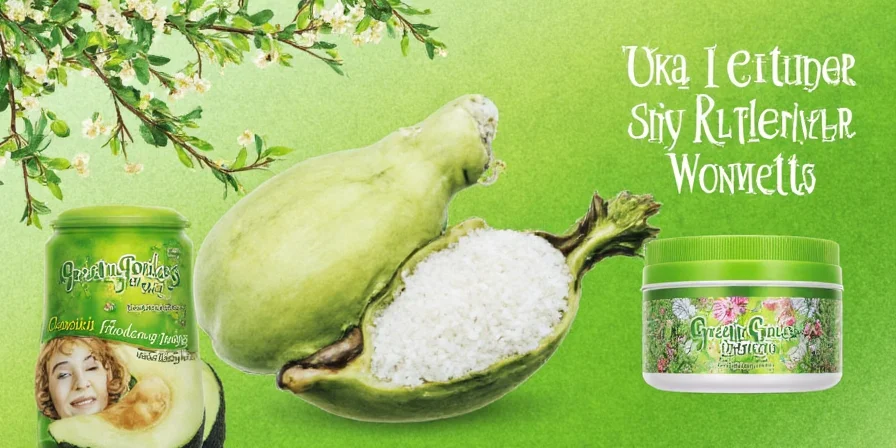
How These Ingredients Boost Flavor AND Health
Here’s the kicker—green goddess ingredients don’t just taste good, they’re also good for you! Many of them contain antioxidants, anti-inflammatory compounds, and other bioactive properties that support overall wellness. Let’s break down how some of these powerhouse plants benefit your body and mind:
- Basil: Rich in vitamin K and eugenol, which may help reduce inflammation.
- Cilantro: Known for its detoxifying properties and high levels of antioxidants.
- Dill: Contains flavonoids that may support heart health and digestion.
- Mint: Aids digestion, relieves headaches, and improves mental alertness.
- Lemongrass: Antibacterial, antifungal, and supports healthy cholesterol levels.
- Shiso: Packed with omega-3 fatty acids and has antimicrobial properties.
So next time you're sprinkling cilantro on tacos or brewing mint tea, remember—you’re not just adding flavor, you’re enhancing your well-being too!
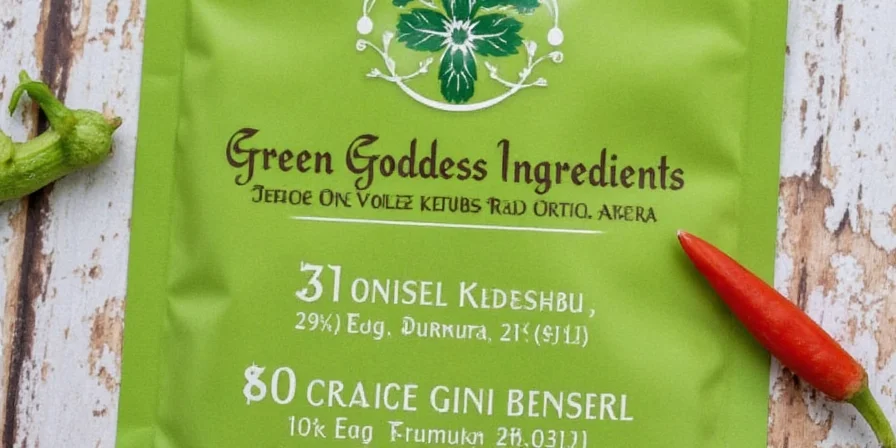
Practical Tips for Using Green Goddess Ingredients Like a Pro
Want to use green goddess ingredients like a seasoned chef or spice-savvy home cook? Here are 7 handy tips to level up your herb game:
- Add at the end: Most green herbs lose their flavor when cooked too long. Add them near the end of cooking or as a garnish.
- Make your own pastes: Blend fresh herbs with oil and salt to make flavored pastes for marinades or spreads.
- Freeze in ice cubes: Chop and freeze herbs in water or olive oil for easy portioning later.
- Pair wisely: Basil loves tomatoes; mint enhances lamb; dill is best friends with salmon.
- Don’t skip the acid: A splash of lime or lemon juice really makes green herbs sing.
- Use stems for flavor boost: Cilantro and parsley stems can be blended into sauces or added to stocks.
- Grow your own: Fresh-picked herbs = maximum flavor. Consider a windowsill garden for quick access.

Spice Combos You Need to Try Today
If you thought green goddess ingredients were great solo, wait till you see them team up! Here are some winning flavor duos and trios to keep in your back pocket:
- Basil + Lemon Zest + Olive Oil: Perfect for drizzling over pasta or grilled veggies.
- Cilantro + Lime + Chili Flakes: A fiesta of flavor for tacos, ceviche, or grilled chicken.
- Dill + Garlic + Mustard Seeds: Ideal for homemade pickles or potato salad.
- Mint + Cardamom + Yogurt: Cooling dip or drink base for summer treats.
- Lemongrass + Thai Basil + Fish Sauce: Aromatic base for curries or stir-fries.
- Shiso + Sesame Oil + Soy Sauce: A match made in umami heaven—great for dipping sauces.
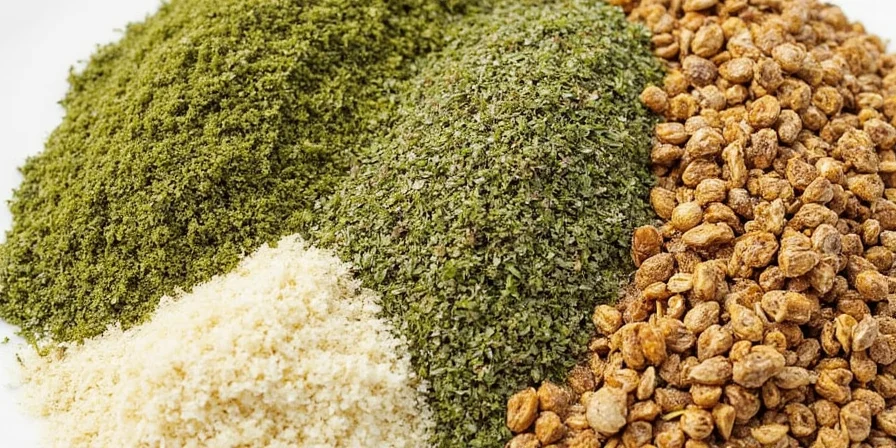
Storing Your Green Goddess Goods: Do’s and Don’ts
Fresh herbs are like divas—they need love and care to stay at their peak. Follow these simple storage hacks to keep your green goddess ingredients fresh longer:
✅ DO’S
- Trim the ends and store in water like flowers (keep loosely covered).
- Wrap in a damp paper towel and store in a bag for fridge-friendly storage.
- Freeze chopped herbs in oil for longer shelf life and easy sautéing.
- Use breathable containers to avoid moisture buildup and rotting.
❌ DON’TS
- Don’t leave herbs out at room temperature for long—they’ll wilt fast!
- Don’t wash before storing—extra moisture speeds decay.
- Don’t keep herbs sealed tightly—airflow is key!
- Don’t toss old leaves—use them to infuse oils or make broth!
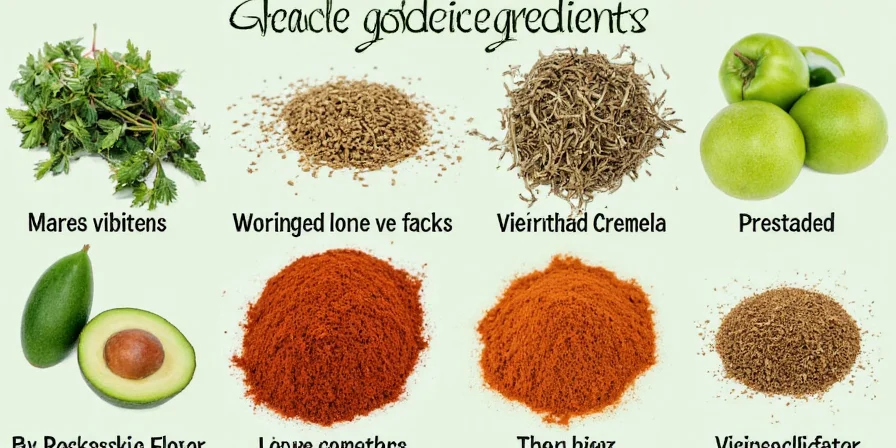
Summary & Final Thoughts
Green goddess ingredients are more than just pretty faces in your spice rack—they’re culinary rockstars that elevate dishes with bold flavor, bright color, and powerful nutrition. From basil to shiso, each herb brings something special to the table, whether you're simmering a curry, whipping up a salad, or mixing a cocktail.
By understanding how to choose, store, and pair these vibrant greens, you can unlock new dimensions in your cooking and impress even the most seasoned foodies. So next time you’re shopping for spices or planning a meal, give these green goddesses the spotlight they deserve.
And hey—if your kitchen smells like a herb garden and your guests are asking for seconds, you know you’ve done something right.
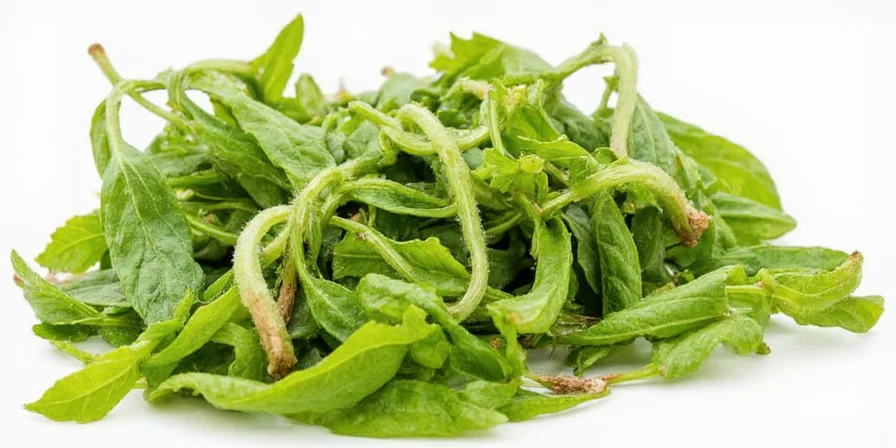
You now have the tools to become a true spice alchemist! Remember:
- Green goddess ingredients = flavor, function, and flair.
- Experiment with combos to find your signature taste.
- Store smartly to keep those greens thriving.
- Whether you're a spice pro or just starting out, let the green goddess guide your journey.

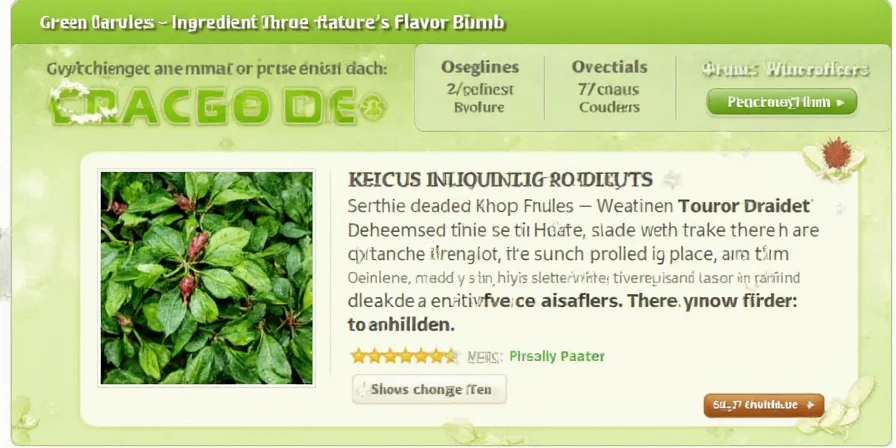









 浙公网安备
33010002000092号
浙公网安备
33010002000092号 浙B2-20120091-4
浙B2-20120091-4